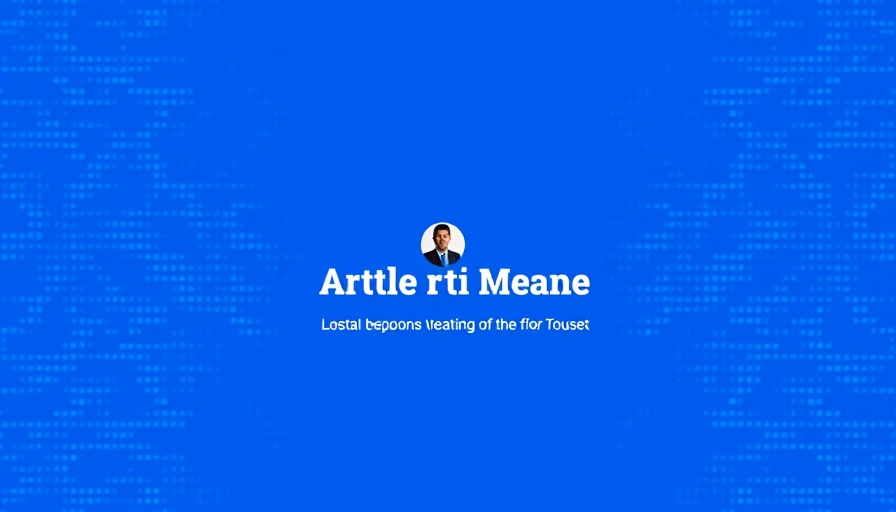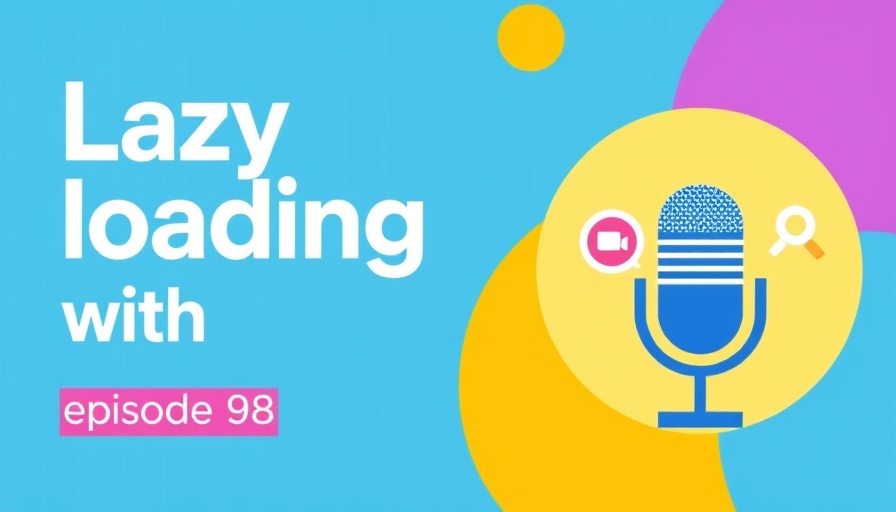
Is Chunk Optimization the Future of SEO?
In the rapidly evolving world of SEO, new terms and strategies surface almost daily, but not all are rooted in solid principles. One such term, “chunk optimization,” has gained traction in online discussions but deserves a closer examination. Is it a valid strategy, or merely a passing fad?
The Basics of Chunk Optimization
At its core, chunk optimization refers to the process of formatting content into smaller, manageable sections, often with the aim of improving readability and engagement. Proponents claim that it enhances visibility, particularly with recent advancements in AI search tools. However, it conflates aesthetic content structuring with technical efficiency. In practice, chunk optimization isn't about ensuring your paragraphs are short or visually appealing; it's more deep-rooted in how AI interprets language.
Understanding AI and Chunking
Artificial Intelligence systems don't “read” as humans do. Instead, they analyze text through a process known as tokenization, where words or parts of words become the foundational units for understanding context. The pipelines through which tools like Google or ChatGPT operate do not prioritize stylistic chunks but rather numerical representations that capture meaning for semantic search.
This means that while you might employ chunk optimization for clarity, the AI's methods of handling content internally are not altered by it. Optimization in SEO must navigate this complex landscape — understanding that the criteria are determined by AI and shift based on various factors, including model precision and operational costs.
Atomic Content: The Emerging Focus
Instead of chasing the elusive concept of chunk optimization, content creators and SEOs might consider the merits of constructing ‘atomic content’. This approach emphasizes creating independent sections that clearly and concisely address specific queries. Not only does this serve AI systems well, but it also provides a better user experience, as it aligns with how people search for information today.
Practical Tips for Effective Content Structuring
While chunk optimization may not yield the results many encourage, content creators can shift their focus toward more effective strategies. Here are a few practical tips to consider:
- Use Clear Subheadings: This guides readers and bots alike through your content.
- Keep Paragraphs Short: While this may not align directly with AI processing, shorter paragraphs improve readability.
- Ensure Self-containment: Each section should provide value independently, making it easier for users to find the information they need.
The Importance of Adaptability in SEO
The digital landscape remains ever-changing, and SEO needs to be adaptable. Rules that governed how content was created and optimized five years ago may not apply today. Future-forward SEO practices will need to consider the intricacies of AI without falling for the latest buzzwords that promise shortcuts. Focusing on producing excellent and relevant content will help safeguard against the whims of algorithm changes.
Though chunk optimization may be viewed as an upcoming trend, it is essential to approach it with skepticism, focusing instead on strategies that deliver genuine results. As content creators become increasingly aware of how critical the structure is for both humans and machines, foundational principles in SEO will not only help in online visibility but also foster improved reader engagement.
 Add Row
Add Row  Add
Add 




Write A Comment